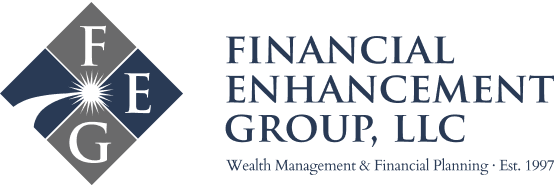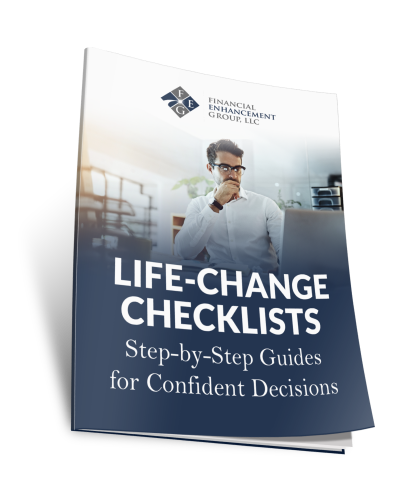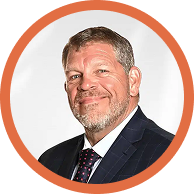Turbulence is a potential part of any flight.
The passengers and the pilots may not appreciate the plane's unmanaged movement, but everyone is aware that, though uncomforting, the aircraft and the passengers will likely survive. The same is true for a portfolio that is experiencing volatility.
The past four decades have experienced swift periods of upswings and downswings in the equity markets. The crash of 1987, the tech wreck of 2000, the Great Recession of 2008-09, and now the Pandemic. The market's response to “turbulence” has been violent in both directions – up and down – and taken many unsuspecting “passengers” by surprise. Take notice of how we focus on the downside – the dates mentioned – without recognizing the positive swings.
Volatility is an expected part of any portfolio. How you manage that volatility depends on the individual. Some would argue that your age should dictate the level of volatility that you are capable of tolerating. A better way to think about change is when you need to access the money.
Our youngest daughter is finishing her nursing degree. My wife and I are 54 and honestly have no intention of retiring. Age-based thoughts would have the married couple owning more fixed income or bonds with the younger student owning more stocks. That is very misguided. The allocation should be needs-based rather than age-driven.
Unless you happen to inherit a small fortune, you will go through three phases of finance as you accumulate, protect and ultimately use your resources. Each stage is no different than our proverbial plane ride, where the pilots and the flight attendants have varying requirements at each stage.
As you prepare for “take-off” in the accumulation phase of your financial journey, your focus should be on the percentage of your income you are stashing away and building tax diversification. Similar to investments, you don't want all your eggs in one basket. Having money in tax-deferred accounts, tax-free accounts, and after-tax holdings is wise and will help mitigate tax turbulence and surprises.
Eventually, though you are likely still adding capital to your savings, the amount you have already accumulated will over-shadow what you are adding. Your primary focus is now protecting and growing that nest egg. Think about the four challenging periods mentioned above. The individual in the preservation mode did fine as long as they didn't act with short-term emotions.
The same is not valid for individuals entering the distribution stage where income is required. The preservation phase of finance is the only time your average return is essential. Now volatility between distribution points is critical. Your focus in this stage is the tax rate you pay on the average dollar used to provide income and the volatility between distribution points.
Pilots rehearse their response to turbulence. Most retirees have not received good training for the volatility that lurks. Markets will move, as will planes, but just as the pilot does, you need a strategy to deal with the unexpected.
Joseph A. Clark is a Certified Financial Planner and Managing Partner of The Financial Enhancement Group, and an SEC Registered Investment Advisor. Contact Joe at yourlifeafterwork.com or 800-928-4001. Securities offered through World Equity Group, Inc. Member FINRA/SIPC. Advisory services can be provided by the Financial Enhancement Group (FEG) or World Equity Group. FEG and World Equity Group are separately owned and operated.





